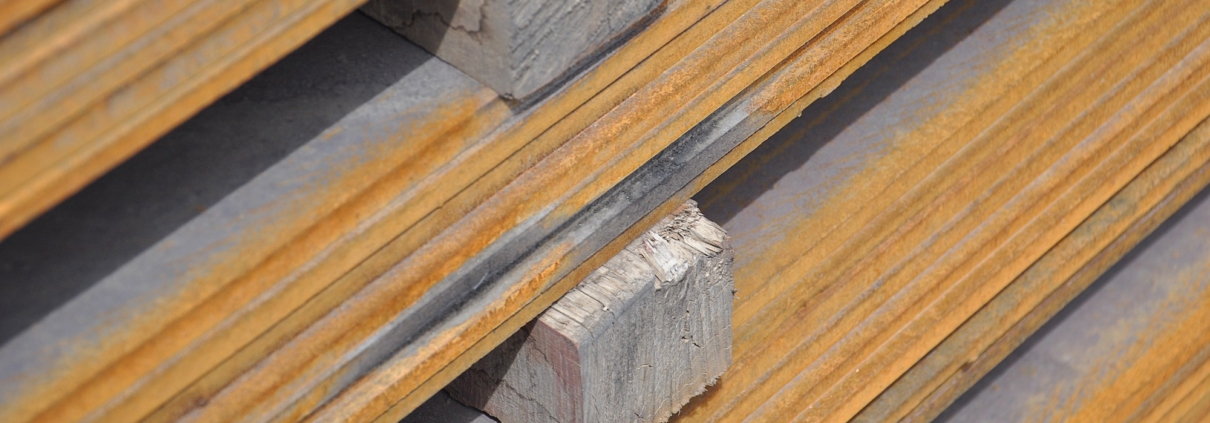Aluminum Dunnage VS Wood Dunnage
Every industry has its own set of tools and materials to ensure that products are stored and transported safely. One such tool is dunnage. But, which is better: aluminum or wood dunnage?
What is Dunnage?
Defined and Purposed
Dunnage is essentially the material used to protect goods during shipping and storage. Imagine it as a cushion for your delicate items. It keeps them from moving, getting damaged, or getting contaminated. Think of it this way: wouldn’t you rather sit on a comfy sofa than a cold, hard floor? Similarly, products prefer the gentle embrace of dunnage.
Aluminum Dunnage
Aluminum has been making waves in the dunnage industry. But why?
Advantages
- Durability
Aluminum, by its nature, is resistant to rust and corrosion. This means that, in most environments, it will last a lot longer than wood. Ever heard the saying “tough as nails”? Well, in this case, it’s “tough as aluminum.” - Maintenance
Aluminum requires minimal upkeep. Unlike wood, it doesn’t absorb moisture, so there’s no need to worry about rot or decay. It’s like owning a pet rock; it doesn’t demand much attention.
Disadvantages
- Cost
While aluminum offers numerous benefits, it comes with a price tag. Initial investments can be higher than wood, making it a weighty decision for some businesses.
Wood Dunnage
A classic choice in the dunnage world, wood has its own set of perks.
Advantages
- Affordability
Wood is often cheaper than aluminum, making it an attractive choice for businesses on a budget. It’s like choosing between a designer brand and a generic one; both serve the purpose, but one is lighter on the wallet. - Versatility
Wood can be easily cut, reshaped, and customized. This gives businesses flexibility in how they use it. Have you ever tried molding metal with your bare hands? With wood, it’s a piece of cake (or should I say, a piece of wood?)
Disadvantages
- Susceptibility to Pests
Wood can be a feast for pests like termites. No one wants their protective material to become a midnight snack for bugs! - Maintenance Needs
Wood absorbs moisture, leading to potential rot or mold issues. It’s like needing to water a plant regularly, except in this case, you don’t want the moisture.
Comparison between Aluminum and Wood Dunnage
The ultimate showdown!
- Environmental Impact
Aluminum is recyclable, reducing waste in landfills. Wood, on the other hand, is biodegradable but can also contribute to deforestation. It’s a battle of nature versus man-made. - Life Span
While aluminum has a longer life span due to its resistance to environmental factors, wood, if maintained properly, can last for a significant amount of time. But it’s like comparing a turtle’s age to a dog’s; both can live long, but one typically outlasts the other.
Practical Scenarios for Each Material
Aluminum might be suitable for industries needing long-term solutions in harsh environments. Wood, being versatile and affordable, might cater to businesses that require customizable solutions or are on a tighter budget.
Conclusion
Both aluminum and wood dunnage have their pros and cons. The choice boils down to the specific needs of the business and the environment in which the dunnage will be used. Like choosing between tea and coffee, both have their moments and fans.
FAQs
- Is aluminum dunnage environmentally friendly?
Yes, because it’s recyclable. - Can wood dunnage be treated to prevent pests?
Absolutely! It can be treated to deter pests. - Which is heavier: aluminum or wood dunnage?
Aluminum is typically lighter than dense woods, making it easier to transport. - Do both types of dunnage require professional installation?
Not necessarily. However, proper installation ensures maximum protection. - Can I use a combination of both materials?
Certainly! Depending on the requirements, both materials can be used simultaneously.



